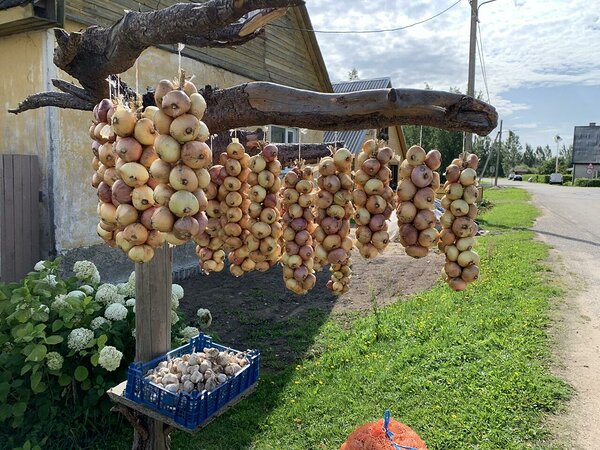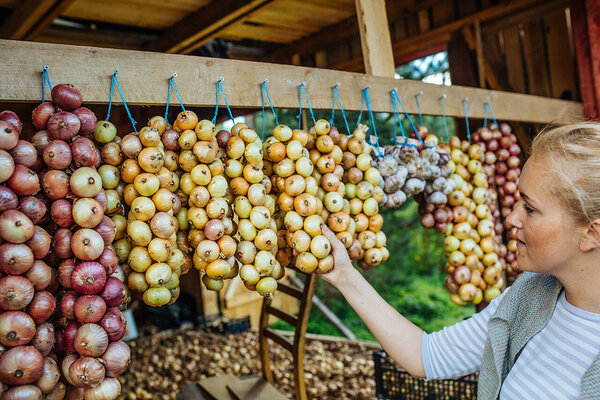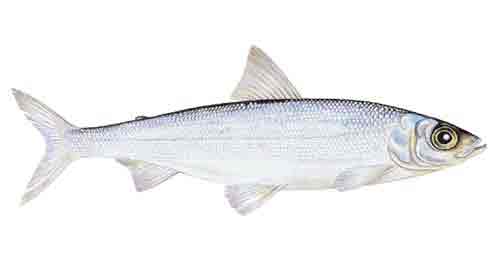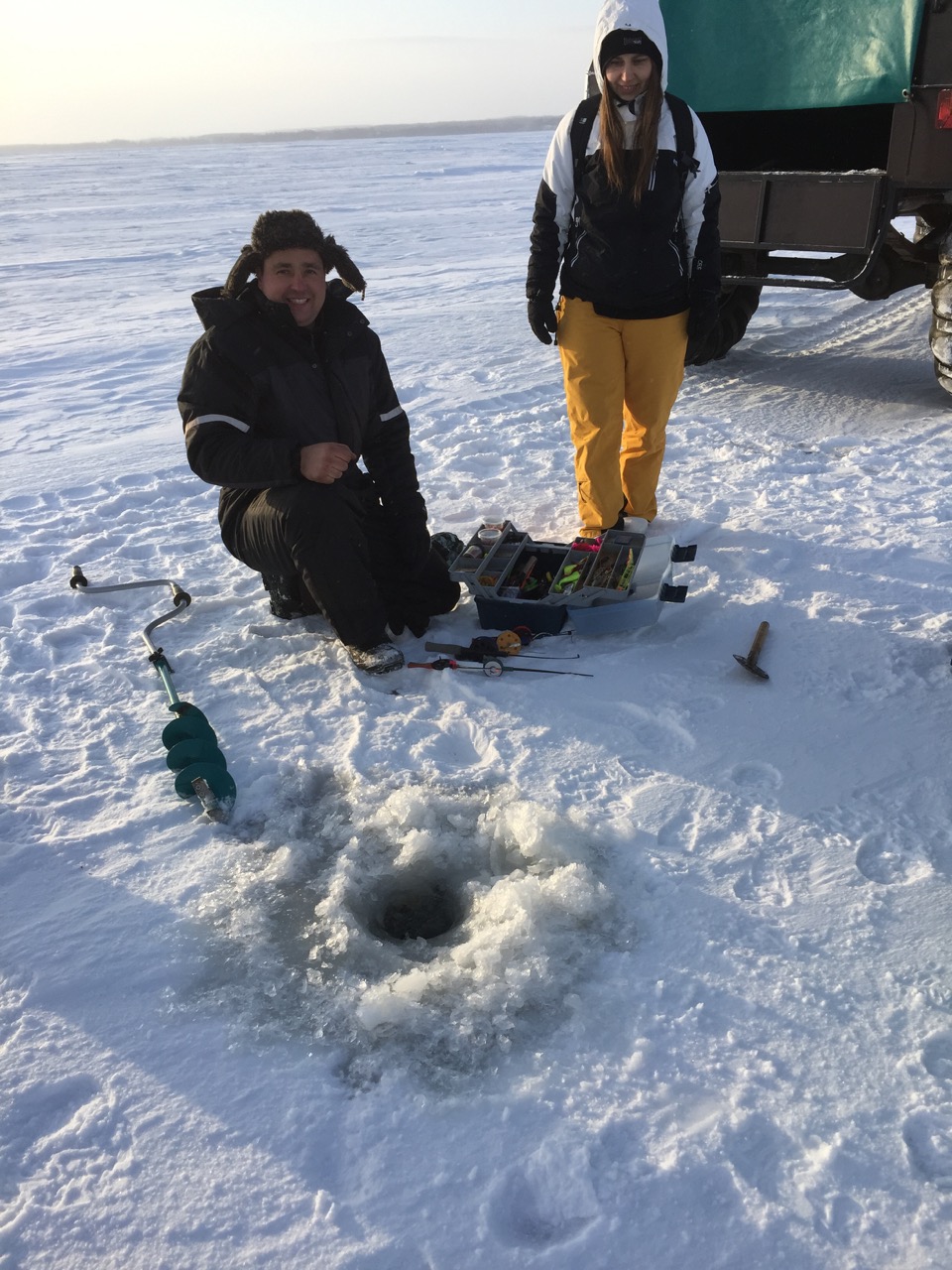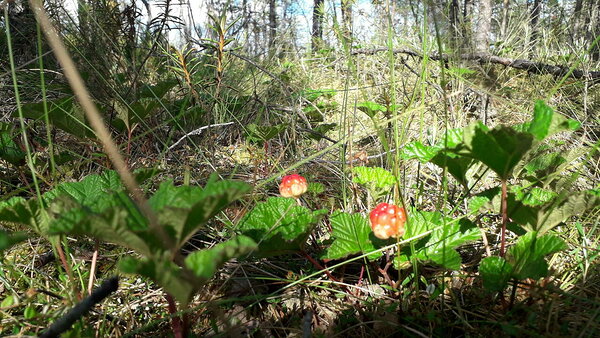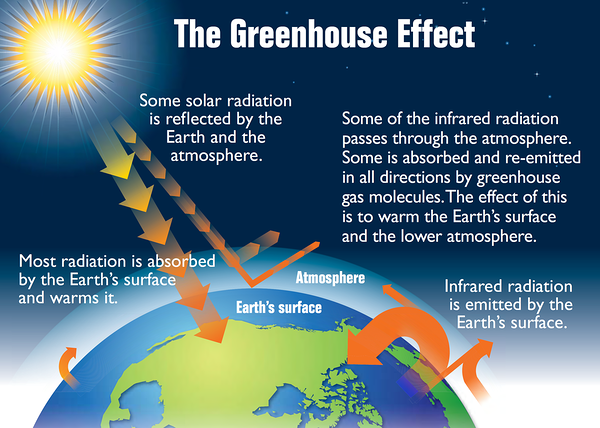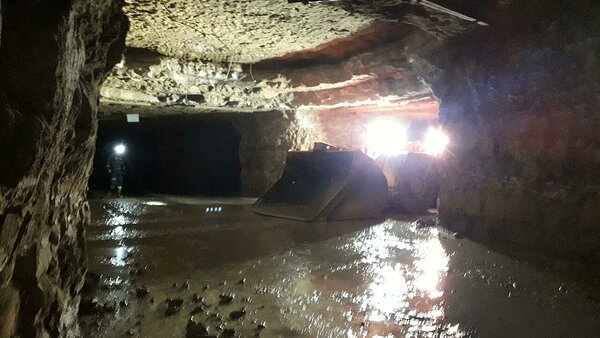Eco-benefits of the lake Peipsi
An ecosystem is a community of living organisms in conjunction with the nonliving components of their environment, interacting as a system. Ecosystem services or eco-benefits are services and goods, in short the benefits that each ecosystem offers to man, society and the economy. Ending the goods or services offered by an ecosystem will decreasy the quality of human life.
- Provisioning benefits/services- goods that people can consume directly. For example, food, animal feed, medicinal plants, drinking water, washing water, irrigation water, fiber, energy, wood, air, etc.
- Regulatory benefits - services that affect people in the appropriate
towards climate, water, air and soil quality, water resources, floods, but also
pollination.
- Support services - services from ecosystems such as metabolism, soil formation, photosynthesis, habitats.
- Cultural benefits/services - this is
an opportunity to rest, relax and play sports in nature, gain new knowledge and gain
inspiration to practice art .
Put your knowledge to the test!
If you want to improve your knowledge choose STUDY QUIZ from the menu: it contains 20 questions and short stories explaining the biodiversity of Lake Peipsi and the environment. The study quiz can be answered again if the answer is incorrect. If you answer correctly on your first attempt, you earn 2 points, and if you answer correctly on your second attempt, you earn 1 point.
If you
want to put your knowledge to the test against a friend, choose QUIZ
COMPETITION from the menu: here you have to answer 20 questions in 100 seconds.
You can answer each question only once in the quiz competition. If you finish
faster than that and all the answers are correct, the remaining seconds will be
added as a bonus. If you run out of time, you will get points for the correct
answers submitted within the 100 seconds.
The northern lapwing will cheer for a correct answer
The great reed warbler will crackle if the answer is incorrect.
The quiz was prepared within the project ER8 CuNaHe: Improved network of formal and informal education institutes to support Cultural and Natural Heritage of the Lake Peipsi/Chudskoe-Pskovskoe region.
The project aims for the
improvement of neighborly relations between Peipsi area formal and
non-formal educational institutions, municipal organizations, also
people to people personal contacts. We work for increased awareness of the cultural and natural heritage of the region on a wider level.
This fwebpage has been produced with the financial support of Estonia-Russia Cross Border Cooperation Programme 2014-2020. The contents of this webpage has been the sole responsibility of Peipsi Center for Transboundary Cooperation and can under no circumstances be regarded as reflecting the position of the Programme, Programme participating countries, alongside with the European Union.
Growing of this vegetable in Lake Peipsi villages can be considered as cultural ecosystem service, as representing a specific cultural identity. What vegetable is that?
Growing of this vegetable in Lake Peipsi villages can be considered as cultural ecosystem service, as representing a specific cultural identity. What vegetable is that?
You can see several traces in Peipsi region landscape of this national heroic figure. Of whom?
You can see several traces in Peipsi region landscape of this national heroic figure. Of whom?
The famous Battle of Ice took place in the year of 1242. On which part of Lake Peipsi it happened?
The famous Battle of Ice took place in the year of 1242. On which part of Lake Peipsi it happened?
Water offers us possibility to transport people or goods . The speedboat Raketa sailed from Tartu to Pskov, the last voyage of which was in 1989. How long was a journey?
Allikad:
Tiiburlaev Raketa, http://www.kalale.ee/galerii/4BB0/12993192295866
http://www.militaar.net/phpBB2/images/joelaevad.pdf
Water offers us possibility to transport people or goods . The speedboat Raketa sailed from Tartu to Pskov, the last voyage of which was in 1989. How long was a journey?
What kind of ecosystem benefit is offered by decaying leaves?
What kind of ecosystem benefit is offered by decaying leaves?
What river connects Lake Pskov with city of Pskov?
What river connects Lake Pskov with city of Pskov?
What river connects Lake Peipsi with Tartu?
What river connects Lake Peipsi with Tartu?
Those two Peipsi region important vegetables belong to the group of provisioning goods/services?
Those two Peipsi region important vegetables belong to the group of provisioning goods/services?
There is one special way to onion storage in the Lake Peipsi region, which can be seen as a cultural benefit of the ecosystem. How do they store onions?
There is one special way to onion storage in the Lake Peipsi region, which can be seen as a cultural benefit of the ecosystem. How do they store onions?
Fisheries belong to a provisioning ecosystem service (as any type of benefit to people that can be extracted from nature). Which of these fish species also lives in Lake Peipsi?
Fisheries belong to a provisioning ecosystem service (as any type of benefit to people that can be extracted from nature). Which of these fish species also lives in Lake Peipsi?
Vendace is a delicious fish. However in early 1990s the commercial fishing of it almost disappeared. What could have been the reason for this??
Vendace is a delicious fish. However in early 1990s the commercial fishing of it almost disappeared. What could have been the reason for this??
One type of fishing can be seen as cultural benefit of ecosystems, which of these?
One type of fishing can be seen as cultural benefit of ecosystems, which of these?
Cranberry as a food belongs to the group of provisioning ecosystem benefits. However, to which group of ecosystem services does cranberry picking belong nowadays?
Cranberry as a food belongs to the group of provisioning ecosystem benefits. However, to which group of ecosystem services does cranberry picking belong nowadays?
Hydropower produced by rivers belongs to the group of supporting ecosystem servces. Which of those rivers in the Peipsi river basin has the greatest hydropower potential?
Allikas: Meky – Üleslaadija oma töö, CC BY-SA 3.0, https://commons.wikimedia.org/w/index.php?curid=17614128
Hydropower produced by rivers belongs to the group of supporting ecosystem servces. Which of those rivers in the Peipsi river basin has the greatest hydropower potential?
The scientific studies of Lake Peipsi began in 1851 by Karl Ernst von Baer. What did he mainly study?
The scientific studies of Lake Peipsi began in 1851 by Karl Ernst von Baer. What did he mainly study?
The causes of climate change are both natural and increasing levels of anthropogenic greenhouse gases (GHGs) in the atmosphere. Which of these gases is not GHG?
The causes of climate change are both natural and increasing levels of anthropogenic greenhouse gases (GHGs) in the atmosphere. Which of these gases is not GHG?
The 2 largest islands of Lake Peipsi: Kolpino (Russia) and Piirissaare (Estonia) became a refuge for one religious group at the end of the 18th century, and their community still lives there with its specific customs and rituals. Who are they?
The 2 largest islands of Lake Peipsi: Kolpino (Russia) and Piirissaare (Estonia) became a refuge for one religious group at the end of the 18th century, and their community still lives there with its specific customs and rituals. Who are they?
What of these activities produces most of the green house gases?
What of these activities produces most of the green house gases?
Lake Peipsi region onion growing is a part of cultural heritage of the lake villages..
Onion farming around Lake Peipus started to develop in the middle of the 19th century when locals, mostly Old Believers, imported the cultivated Bessonovski national onion variety from village of Bessonovka in Russia’s Penza Oblast. The Bessonovski variety adapted very easily to the new conditions and provided high-quality, large and stable crops. The possibility arose to export the onions to Russia and later, when the Onion Producers’ Association was formed in the 1930s, they were also shipped to a Finnish partner. Locals had found a new source of income. Around the lake onion farming know-how has been passed down from generation to generation and has survived to this day. Entrepreneurs and agricultural farms growing onions in this geographical area combined their skills and, over time, selected a better adapted variety and developed technical production processes from obtaining seeds to packaging the final products.
.https://visitsouthestonia.com/peipsi-sibul-eriline-ja-omaparane-kultuuriparand/
National epic Kalevipoeg and old stories are cultural ecosystem services
Kalevipoeg is a mythical character in Estonian literature whose highest aim is to serve his country and its people. He is an oak-like giant who ploughs the fields, builds towns and fights with the evil forces of the underworld and the invading enemy. Inquisitiveness drives him to seek for the end of the world.
The poem Kalevipoeg, over 19,000 lines in length, was composed by Friedrich Reinhold Kreutzwald (1803–1882) on the basis on folklore material. It was published in an Estonian-German bilingual edition in six instalments between 1857 and 1861.
Estonian folk stories about Kalevipoeg go together with the landscape in Peipsi area, especially Vooremaa region (Jõgeva county).
http://www.literarycharacters.eu/EE-kalevipoeg
The Battle on the Ice took place on April 5, 1242 in the narrowest part of the lake - the Warm Lake.
It was fought largely on the frozen lake Lake between the united forces of the Republic of Novgorod and Vladimir-Suzdal, led by Prince Alexander Nevsky, and the forces of the Livonian Order and Bishopric of Dorpat, led by Bishop Hermann of Dorpat.
The battle represented a significant defeat for the Catholic forces during the Northern Crusades and brought an end to their campaigns against the Orthodox Novgorod Republic and other Slavic territories for the next century.
Water transport is an abiotic cultural servic, and is offered grately also by Lake Peipsi.
The hydrofoils, or Raketa-type high-speed vessels, started to saile to Lake Peipsi from 196t, with an average speed of 60–65 km/h.
The trip started from Tartu at 8 in the morning. Originally there werestops in Praaga (on request), Piirissaare, Samolva, Mteš and Pskov.The most popular travel destination then was Pskov, but also visited other ports along Lake Peipsi, such as Rannapungerja. The firstRaketa 1 vessel was built in Feodosia in 1963, and it made it last trip from Tartu to Pskov in 1989.
http://www.militaar.net/phpBB2/images/joelaevad.pdf
Allikad:
Tiiburlaev Raketa, http://www.kalale.ee/galerii/4BB0/12993192295866
http://www.militaar.net/phpBB2/images/joelaevad.pdf
Ecosystem services that are necessary for the production of all other ecosystem services are called Supporting services.
When plant residues are returned to the soil, various organic compounds undergo decomposition. Decomposition is a biological process that includes the physical breakdown and biochemical transformation of complex organic molecules of dead material into simpler organic and inorganic molecules.
Soil is a mixture of organic matter, minerals, gases, liquids, and organisms that together support life. Earth's body of soil, called the pedosphere, has four important functions:
-as a medium for plant growth
-as a means of water storage, supply and purification
-as a modifier of Earth's atmosphere
-as a habitat for organisms.
Velikaya river is a major tributary of Lake Peipus and belongs to the drainage basin of the Narva. It is 430 kilometres long. The name of the river literally means "Grand" or "Great" in Russian.
The drainage basin of the Velikaya comprises vast areas in the west and southwest of Pskov Oblast, as well as in the east of Latvia and in the north of the Vitebsk Region of Belarus.
The river has a significant historic importance. Pskov was founded in 903, and the Velikaya provided it with access to the sea, via Lake Peipus and the Narva River.
The Velikaya is navigable in its lower course of length 34 kilometres.
https://en.wikipedia.org/wiki/Velikaya
Emajõgi (Estonian meaning "Mother River") is a river which flows from Lake Võrtsjärv through Tartu County into Lake Peipsi, crossing the city of Tartu. It has a length of 100 km.
The Emajõgi has been widely used as a waterway and trade route for centuries.
In the 19th century, Emajõgi was actively used for transporting different cargo to Tartu – firewood, timber, hay, fish, and so on. The main type of vessel used was the lodi, a small river barge or sailing ship adjusted for navigation on Lake Peipsi and Emajõgi. Up to 200 barges were anchored in Tartu port at the time.
Onion and garlic can be considered as provisioning services of ecosystems, provided by fertile soil of Peipsi shores.
Both onion and garlic are species of bulbous flowering plant in the onion genus Allium.
History of growing both vegetables is very long and they have also used as medicine. For example, Indians used garlic as an antidote for stomach aches, the Egyptians as an infusion, the Chinese to lower their blood pressure, and in medieval Europe the plague was even treated with it. Today, onions and garlic are mainly used in folk medicine to treat colds or relieve respiratory problems.
https://kodus.ee/artikkel/siiruviiruline-sibul-millist-kasvukeskkonda-eelistab-harilik-sibul
https://tervisliktoitumine.ee/kuuslauk-on-kulluslik-imetoit/In autumn you can see braided bunches of onions sold on Peipsi villages and they look as a piece of art.
For that onion leaves are cut from the bulbs, leaving 3 - 5 cm long warts. Sufficiently long piece of string is taken for braiding, to where onions are tied together (similar to dandelion wreath weaving). The cord is attached to the wall of the shed with a hook, for example.
See on YouTube:
https://www.youtube.com/watch?v=_Mz2yfs4Vjk
https://www.youtube.com/watch?v=dDdgER8TYtI
This small fish needs cool oxygen-rich water for life and a permanent ice cover for five months to hatch the berry. Small means that in Estonian conditions, vendace grows to a length of 22 cm and their average weight is 90 grams.
Vendace refrainsopen water, from the bottom to the upper aquifer. He prefers to eat zooplankton, as well as insect larvae and small fish fry.
Vendace has been found in Estonian waters
primarily from Lake Peipsi, but also from Lake Võrtsjärv, Ülemiste and Saadjärv.
http://eestiloodus.horisont.ee/artikkel39_5.html
Peipsi fish stock has decreased in the last 170 years
more than four times.
The fish has not disappeared from the lake, but in a species composition and the relative abundance of different fish species changes, according to recent research.
In particular, cold-water fish have been the worst off,
such as Peipsi whitefish, vendace, lute and Peipsi white fish.
They require relatively pure oxygen-rich water. If
water temperature is already above 20 ° C for a long time, the abundance begins to decrease.
In the meantime, the vendace population, which has recovered slightly, is ravaging summer algal blooms during heat waves.
In the absence of ice cover, their eggs remain under the control of storms,
falls into last year's algae blight and dies.
However, the recovery of abundance is favored by the short lifespan of the species, which is, for example, 1-2 years for Peipsi white fihs and 4-5 years for vendace.
Both in 2019 and in 2020, the vendace stock of Lake Peipsi decreased.
https://www.envir.ee/sites/default/files/peipsi_ii_vahearuanne_2020.pdf
Recreational fishing or angling can be seen as cultural benefit from ecosystems.It is a hobby and for many people is the best possible leisure time activity.
It is important to know where, when and whom recreational fisherman may fish. Catches from recreational fishing are not allowed to sell or buy. The fish caught are intended only for your own use.
https://www.keskkonnaamet.ee/et/eesmargid-tegevused/kalastamine/harrastuspuuk
Cranberry picking in a wetland in a nice autumn day is much more than that.
On one hand, this is a test for yourself, because you have to go to the swamp - completely different place from everyday life. This is an opportunity to stay alone or with good companions outside your usual routine. It's time for yourself and with yourself- a way to take time off and as a bonus, moderate exercise.
On the Narva River is the Russian-administered Narva Hydro power station, which was established in 1955, with the capacity is 125 MW and the annual production is 640 GWh.
About one third of the Narva River catchment area is located on Estonian territory,
According to international practices, the production of Hydro power stations, operating on border rivers are distributed between countries proportionately on the basis of the proportion of the catchment area in their territory.
http://weskiwiki.veskivaramu.ee/index.php?title=Narva_h%C3%BCdroelektrijaam
Baltic-German scientist Karl Ernst von Baer (1792–1876) was the first to carry out systematic studies into the fisheries of Lake Peipsi and the eastern coast of the Baltic Sea. Owing to his activities, the first law for the conservation of nature was adopted in Russia (1859), regulating fishing. Baer continued his participation in the study of the natural history of Estonia through the Naturalists' Society of Tartu (founded in 1853)
http://tuk.emu.ee/en/karl-ernst-von-baer/
Greenhouse gas (GHG) is a gas that absorbs and emits radiant energy within the thermal infrared range, causing the greenhouse effect.The primary greenhouse gases in Earth's atmosphere are water vapor (H2O), carbon dioxide (CO2), methane (CH 4), nitrous oxide (N 2O), and ozone (O3). Without greenhouse gases, the average temperature of Earth's surface would be about −18 °C ( rather than the present average of 15 °C.
Human activities since the beginning of the Industrial Revolution (around 1750) have increased the atmospheric concentration of carbon dioxide by almost 50%. The last time the atmospheric concentration of carbon dioxide was this high was over 3 million years ago.
At current greenhouse gas emission rates, temperatures could increase by 2 °C which the United Nations' Intergovernmental Panel on Climate Change says is the upper limit to avoid "dangerous" levels, by 2050.
The vast majority of anthropogenic carbon dioxide emissions come from combustion of fossil fuels, principally coal, petroleum (including oil) and natural gas, with additional contributions from deforestation and other changes in land.
Russian old belivers ( староверы, старообрядцы).
The peculiar Russian settlements established on the shore of Lake Peipsi and on islands was founded by Russian Old Believers who fled from Russia after the Orthodox Church dissent in the 18th century. The shore villages where soil was poor mainly lived off fishing, growing vegetables and, later, building work.Old Believers reject any changes and emendations of liturgical texts and rituals introduced by the reforms of Patriarch Nikon. Thus they continue to use the previous Church Slavonic translation of the Greek texts, including the Psalter, striving to preserve intact the “pre-Nikonian” practices of the Russian Church.
https://peipsimaamuuseum.ee/en/vanausulised/
https://www.kul.ee/et/vanausulised
A fossil fuel is a fuel formed by natural processes, such as anaerobic decomposition of buried dead organisms, containing organic molecules originating in ancient photosynthesis[ that release energy in combustion. Such organisms and their resulting fossil fuels typically have an age of millions of years. Fossil fuels contain high percentages of carbon and include petroleum, coal, and natural gas.
As of 2018, the world's main primary energy sources consisted of petroleum (34%), coal (27%), and natural gas (24%), amounting to an 85% share for fossil fuels in primary energy consumption in the world. The share of renewables (including traditional biomass) in the world's total final energy consumption was 18% in 2018.
Most air pollution deaths are due to fossil fuel combustion products: it is estimated that this pollution costs over 3% of global GDP.
The use of fossil fuels causes serious environmental damage. Natural processes can only absorb a small part of that amount, so there is a net increase of many billion tonnes of atmospheric carbon dioxide per year. CO2 is a greenhouse gas that increases radiative forcing and contributes to global warming and ocean acidification. A global movement towards the generation of low-carbon sustainable energy is underway to help reduce global greenhouse gas emissions.
Estonia is the only country in the world where oil shale is the primary source of energy, supplying 76% of the energy used for electricity generation in 2018.
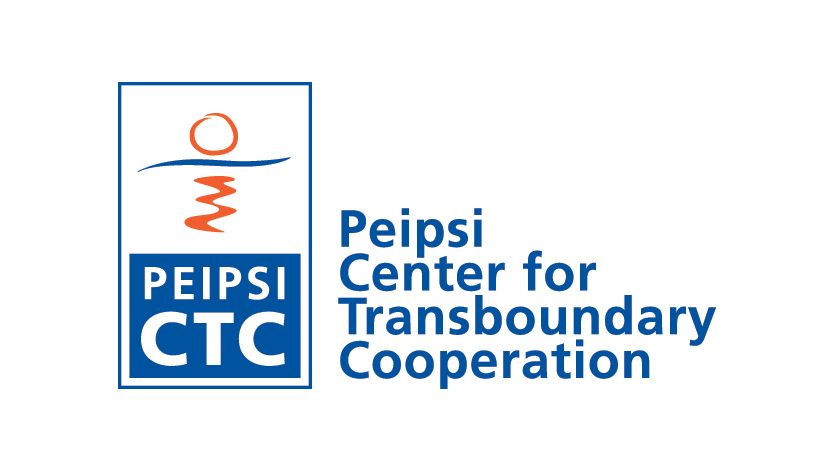
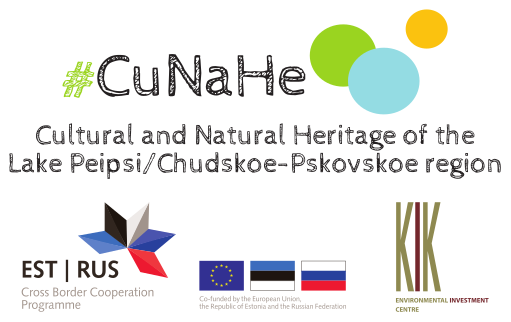
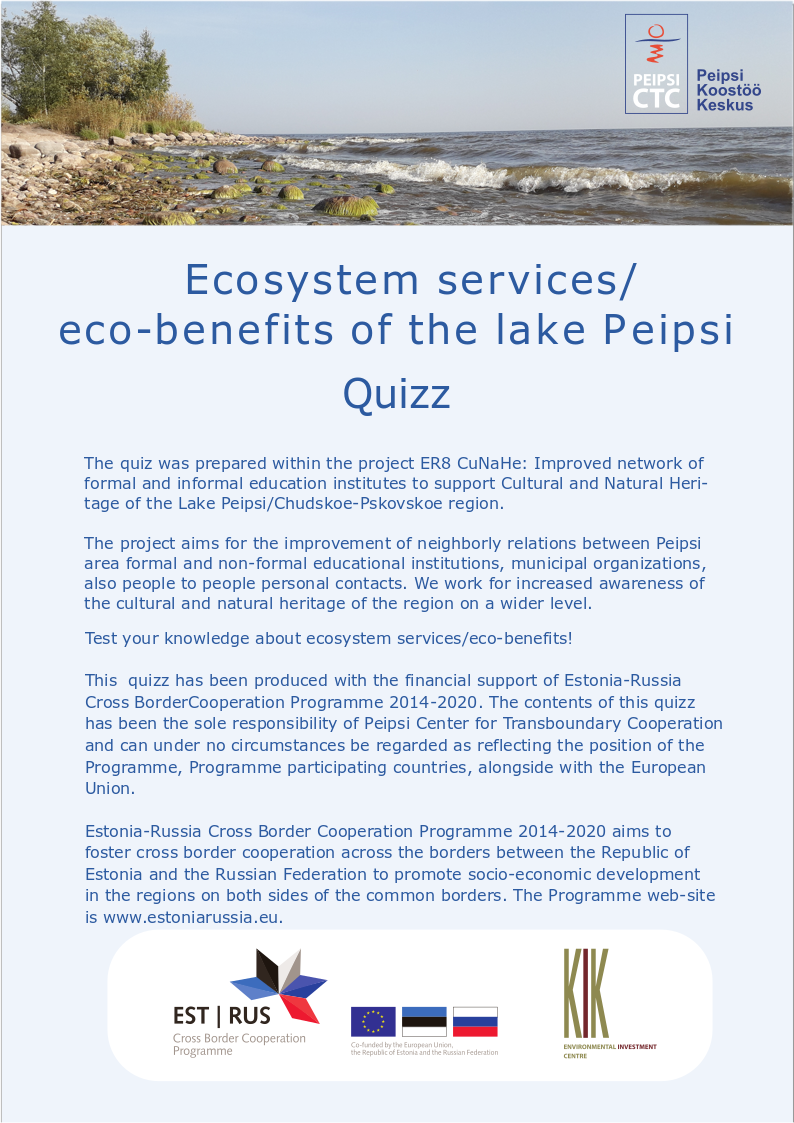
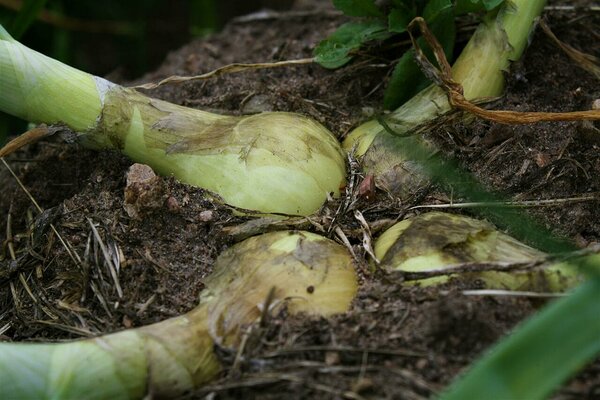
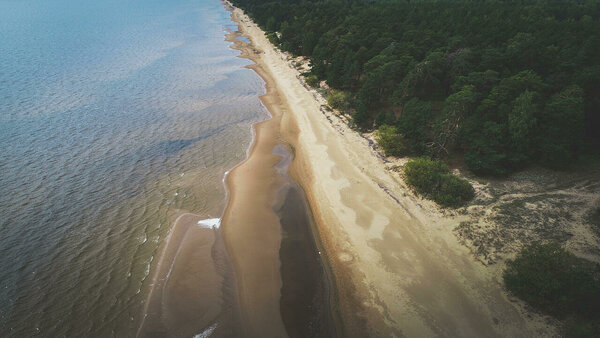
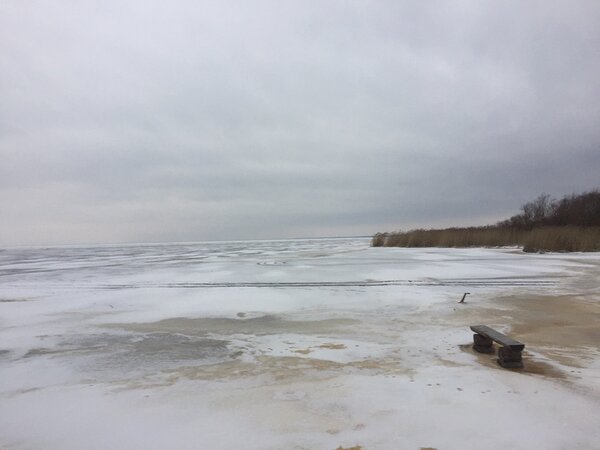
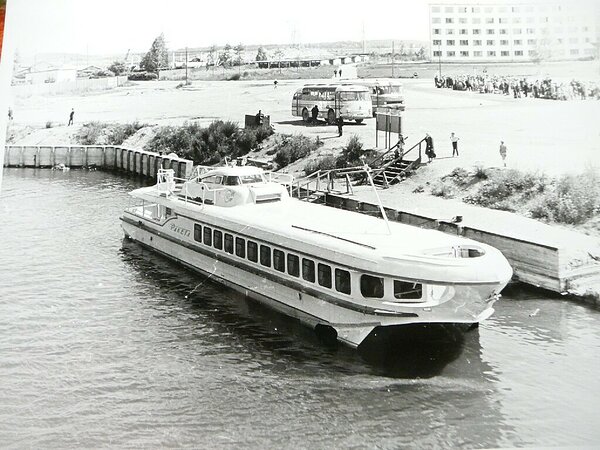


_block.jpg)
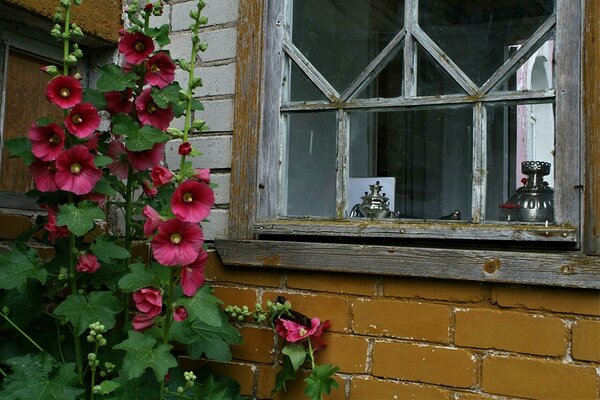

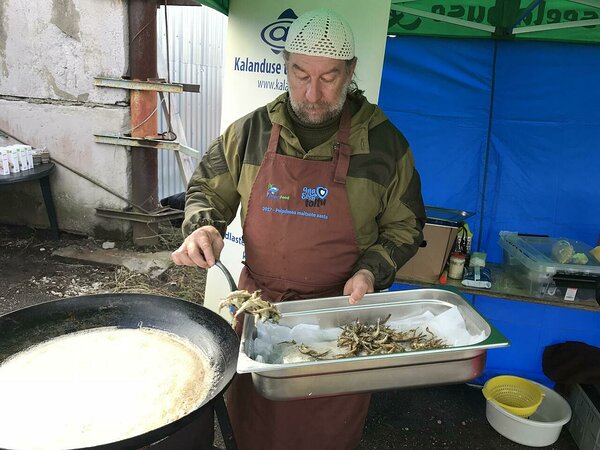
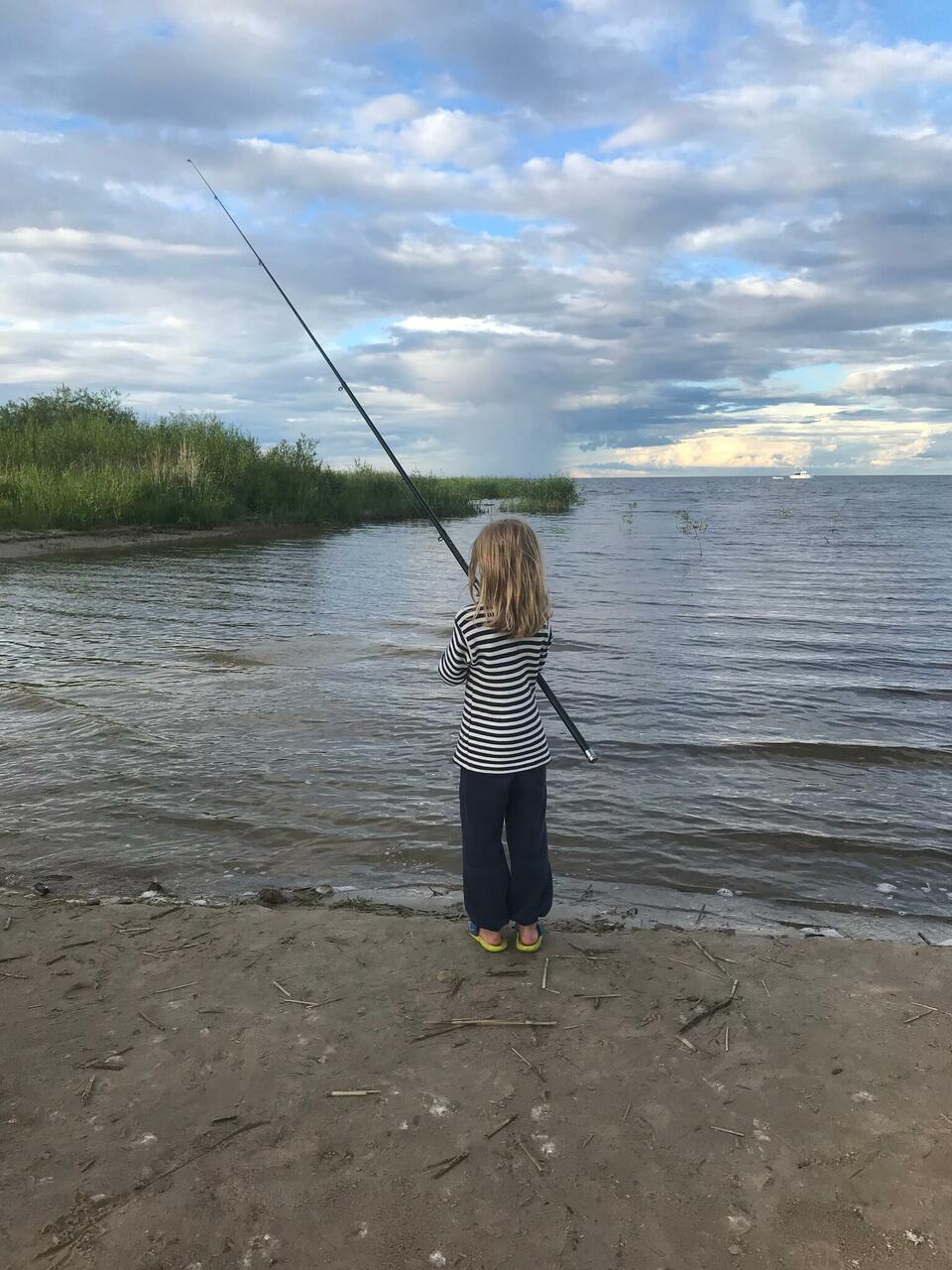
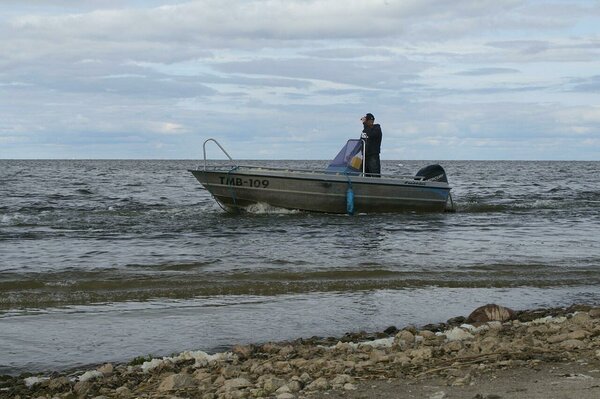

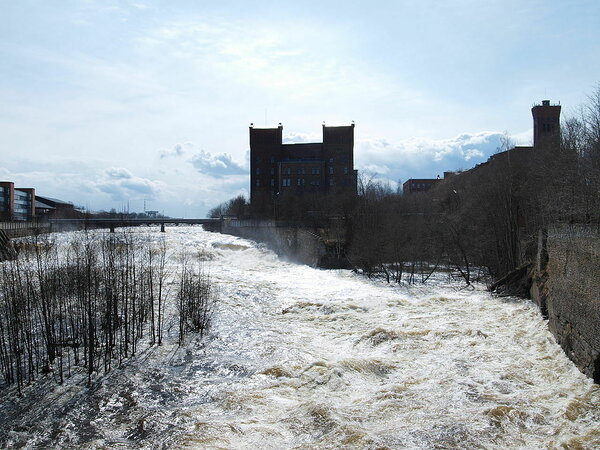
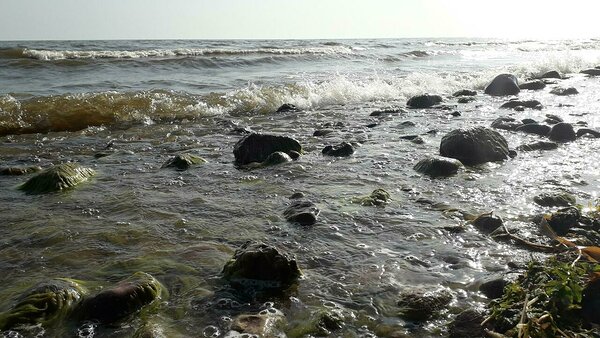

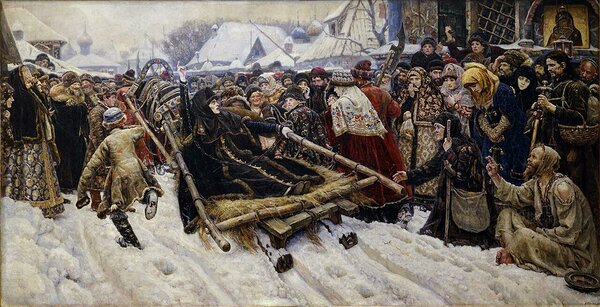

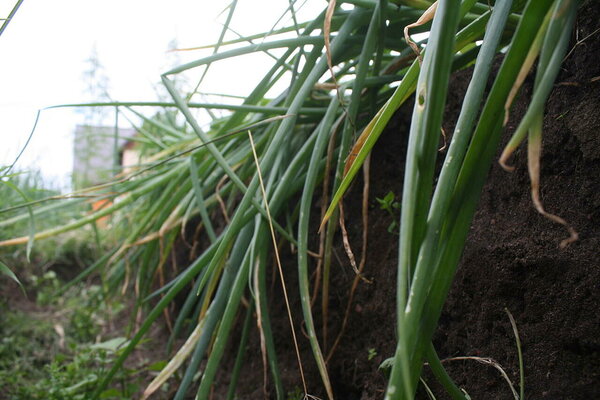
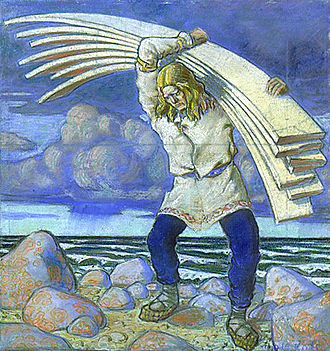
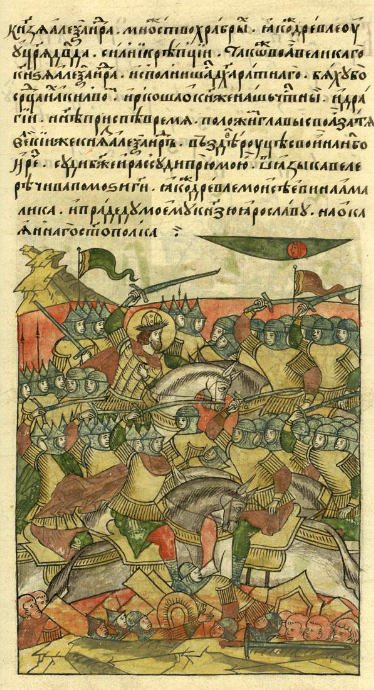
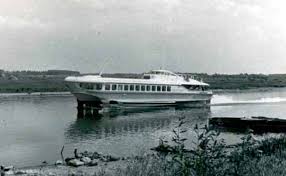
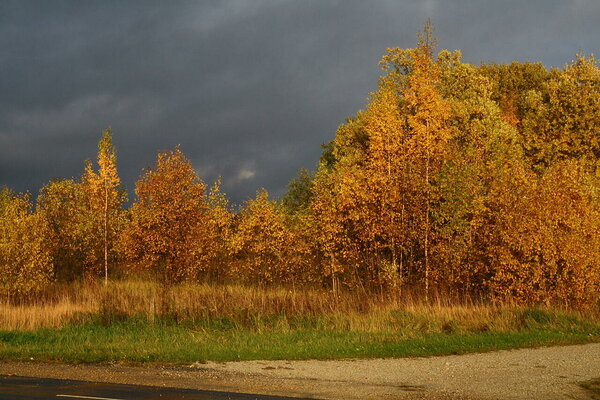
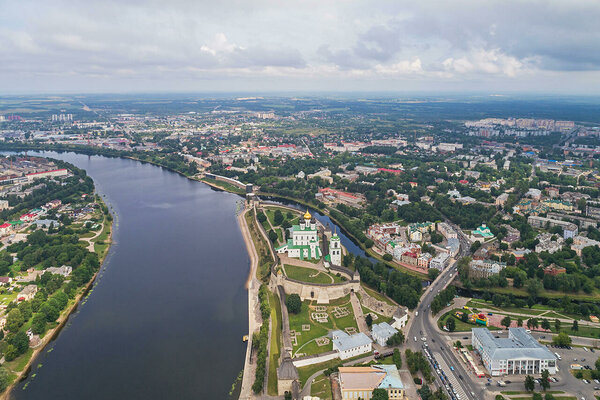
_block.jpg)
